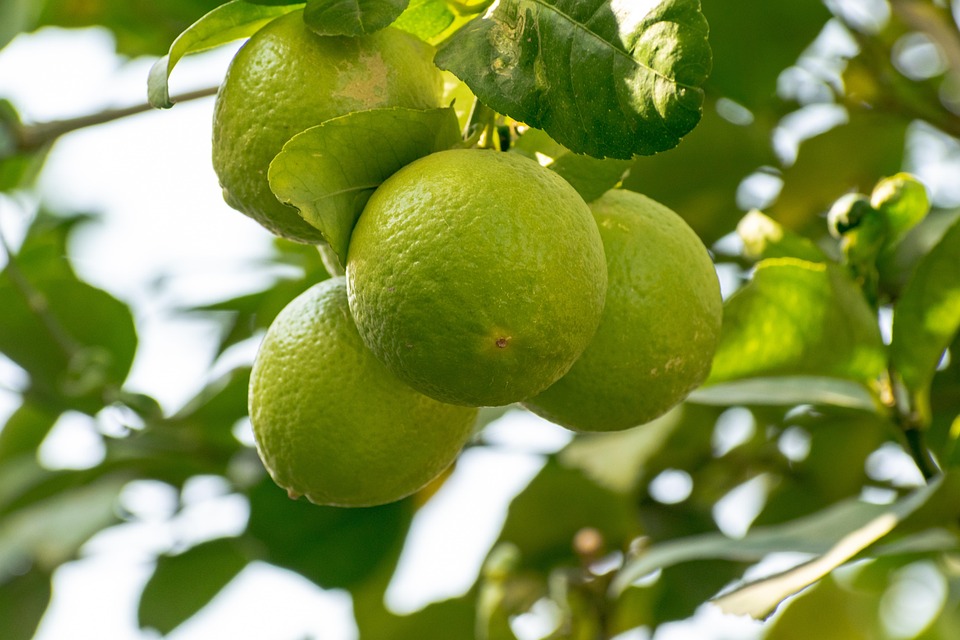# Beyond Organic: Exploring the Next Level of Sustainable Agriculture
In the early morning light, dew glistening on leaves, there’s a magical hush that blankets the garden. A chorus of birds serenades the day while the earthy aroma of fresh soil fills the air. It’s a moment of bliss, a reward for the daily toil involving weeding, planting, and nurturing each plant. Sustainable practices have transformed the way food is cultivated, revealing deeper connections between the soil, the farm, and the consumer. However, there’s a new movement, a refreshing shift from traditional organic farming, aiming to take these principles a step further—beyond organic.
**What Does “Beyond Organic” Mean?**
At its core, “beyond organic” signifies an evolution in agricultural practices that not only adheres to organic standards but incorporates environmentally regenerative techniques. It isn’t just about avoiding synthetic pesticides and fertilizers or adhering to certain certifications. Instead, it’s a holistic approach designed to enhance biodiversity, build healthy soil, and foster ecological resilience.
While organic farming has gained significant traction over the past few decades, there lies an underlying philosophy that champions even greater sustainability. This philosophy embraces methods that regenerate natural ecosystems, consider animal wellbeing, and promote social equity.
### The Pillars of Beyond Organic Farming
**1. Regenerative Agriculture**
At the heart of beyond organic farming is regenerative agriculture. This method goes beyond merely sustaining soil health; it actively works to improve it. Techniques such as cover cropping, crop rotation, agroforestry, and holistic grazing are pivotal.
– **Cover Cropping**: Planting specific crops (like clover or rye) helps prevent soil erosion, fix nitrogen levels, and improve soil structure. As these cover crops decompose, they enrich the soil.
– **Agroforestry**: Integrating trees into agricultural systems creates a diverse range of products while also enhancing carbon sequestration and protecting biodiversity.
– **Holistic Grazing**: This practice involves managing the grazing patterns of livestock to mimic natural herd behavior, which benefits pasture health, restores soil vitality, and provides nutritious fodder.
**2. Permaculture Principles**
Permaculture is another pillar, rooted in observing and simulating the patterns found in nature. The aim is to create self-sufficient ecosystems that require minimal intervention. Here are some ways to implement permaculture in your garden:
– **Chop and Drop**: Rather than hauling plant waste away, chop it up and leave it in place to decompose and nourish the soil.
– **Polyculture**: Grow a variety of plants together to promote symbiotic relationships. For example, planting beans among corn can enhance nitrogen content in the soil.
– **Water Management**: Use techniques like swales or rain gardens to manage water flow, minimizing runoff and enhancing irrigation.
**3. Biodynamic Practices**
Inspired by Rudolf Steiner, biodynamic farming views the farm as a self-sustaining organism. It incorporates spiritual and astrological timings into planting and farming decisions while using organic methods like composting and natural fertilizers.
A key practice in biodynamic agriculture is the use of “preparations.” These are natural substances, like manure fermented with herbs, used to enhance soil health and plant vigor.
**4. The Focus on Soil Health**
Healthy soil is the cornerstone of both organic and beyond organic farming. A focus on soil microbiome health can yield results that far exceed traditional methods. Farmers are increasingly adopting practices like composting, biochar application, and mycorrhizal fungi introduction, which bolster the soil’s capacity to retain nutrients and water.
– **Composting**: This process returns organic matter to the soil, improving structure and nutrient content.
– **Biochar**: Made from burning organic material in a low-oxygen environment, it not only boosts soil fertility but also helps sequester carbon.
**5. Involving the Community**
Beyond organic agriculture isn’t just about what happens on the farm; it extends to fostering strong community connections. Community Supported Agriculture (CSA) models, farmer’s markets, and local food cooperatives encourage local economies and create a direct line between producer and consumer. This model cultivates a sense of ownership among community members, fostering support for sustainable practices.
### Pro Tips for Beyond Organic Farming
– **Know Your Soil**: Conduct soil tests regularly to understand nutrient levels and make informed amendments. This will help tailor your practices to the specific needs of your land.
– **Experiment with Cover Crops**: Not every cover crop works for every season. Experiment with different varieties and combinations to find what works best for your soil conditions.
– **Embrace Diversity**: Mix up your planting! Not only does this support a richer ecosystem, but it can also protect your garden from pests and diseases.
– **Participate in Workshops**: Join local or online workshops focusing on sustainable practices. Learning from others can inspire innovation in your own methods.
– **Consider Livestock**: If space allows, integrating small livestock, such as chickens or goats, can provide organic pest control, natural fertilizers, and delicious products.
### The Future of Sustainable Agriculture
As we embrace beyond organic practices, the conversation around sustainable agriculture continues to expand. The integration of technology with traditional practices offers exciting opportunities. From drone technology in precision farming to apps designed to connect farmers with consumers, the potential to innovate while maintaining respect for nature is boundless.
Moreover, legislative changes bolstering support for sustainable practices will play a crucial role in shaping the future of agriculture. Advocacy for policies that encourage regenerative methods can not only drive change at the grassroots level but also influence larger agricultural norms.
As the climate continues to change, our agricultural systems must adapt. By exploring beyond organic practices, we can ensure our farms not only survive but thrive. A balanced approach—linking innovation with tradition—may be our best chance at cultivating a more sustainable future.
### Conclusion
“Beyond organic” is not just a term but a movement profoundly rooted in sustainable living. It encourages us to challenge existing agricultural models and strive for solutions that are equitable, restorative, and nutritious. Whether you’re a backyard gardener or a large-scale farmer, embracing these principles can lead to healthier ecosystems and communities.
By pushing beyond organic, we cultivate not just crops but a way of life where farming, nature, and humanity coexist in harmony. The road ahead is filled with promise, and healthy soil, flourishing plants, and vibrant communities are just the beginning!



